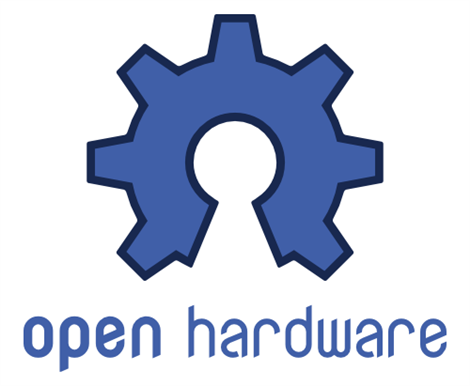

Want an operating system ? There is Linux, there is FreeBSD, you even have the choice .. and it’s all free as in freedom.
Want to do something more exotic, like scientific computing ? There is Scilab, Octave, Maxima and OpenModelica.
Want an office suite ? You’ve got LibreOffice. Do you like graphic design ? Then you’ve got Gimp, Inkscape and Scribus.
As you probably know very well, the open source software is well established and it’s here to stay forever. The most prominent example is Linux, the operating system which dominates the server market and runs on many architectures. It can run on your PC, on your router, on your phone and even on your watch.
But what happens to open hardware ? Will it follow the suite of open source software ?
In order to make a good piece of open source software, all what you need its brain, time and money for food. When it comes to hardware, things get a little more complicated. Here, you need more than that, here you also need some money. First, you need to build prototypes, and the cost of building a prototype is still high.
After everything works fine, well you have designed a good project, but it needs to be manufactured in order to be adopted by the masses. And if you want it to be affordable, the n you need to have the numbers. I mean if you build 10 pieces it costs 20$ / piece, but if you build 1000 it costs 5$ / piece. Here is where you need the money.
How can you raise enough money to get your product manufactured ? One possibility is to use crowd funding or to make some pre-orders so that you can assure the funding for the first batch.
Today, you have a complete open source software environment (GNU/Linux is the most prominent example, but FreeBSD is also a good one). With open source tools you can do almost everything that you can do with proprietary tools. What does a complete environment mean in the open hardware world ? In my view, a complete environment in the hardware world would mean that all the manufacturing chain and the designs for all components and sub-components to smallest level are open.
Some people would say that an open hardware environment would be limited to those having enough money for the manufacturing, but today, when the manufacturing costs decline rapidly, I think that in the future all that matters will be the project, and the manufacturing will be something trivial even from the cost perspective.
Why an open environment is better that a closed one ? Well, entities working with proprietary stuff do their own research, they perfect their own stuff in secret, while others do the same thing, without sharing the results each with another. I an open environment, the results are shared with the community and instead of one development team, you suddenly have the whole world in your team. Besides this, open hardware has an important role in education. You can learn a lot by studying a real product (not just a toy one as those from school projects) and seeing in details how it works. Open hardware even works from the economic sense by speeding up the adoption of the product and promoting the name.
